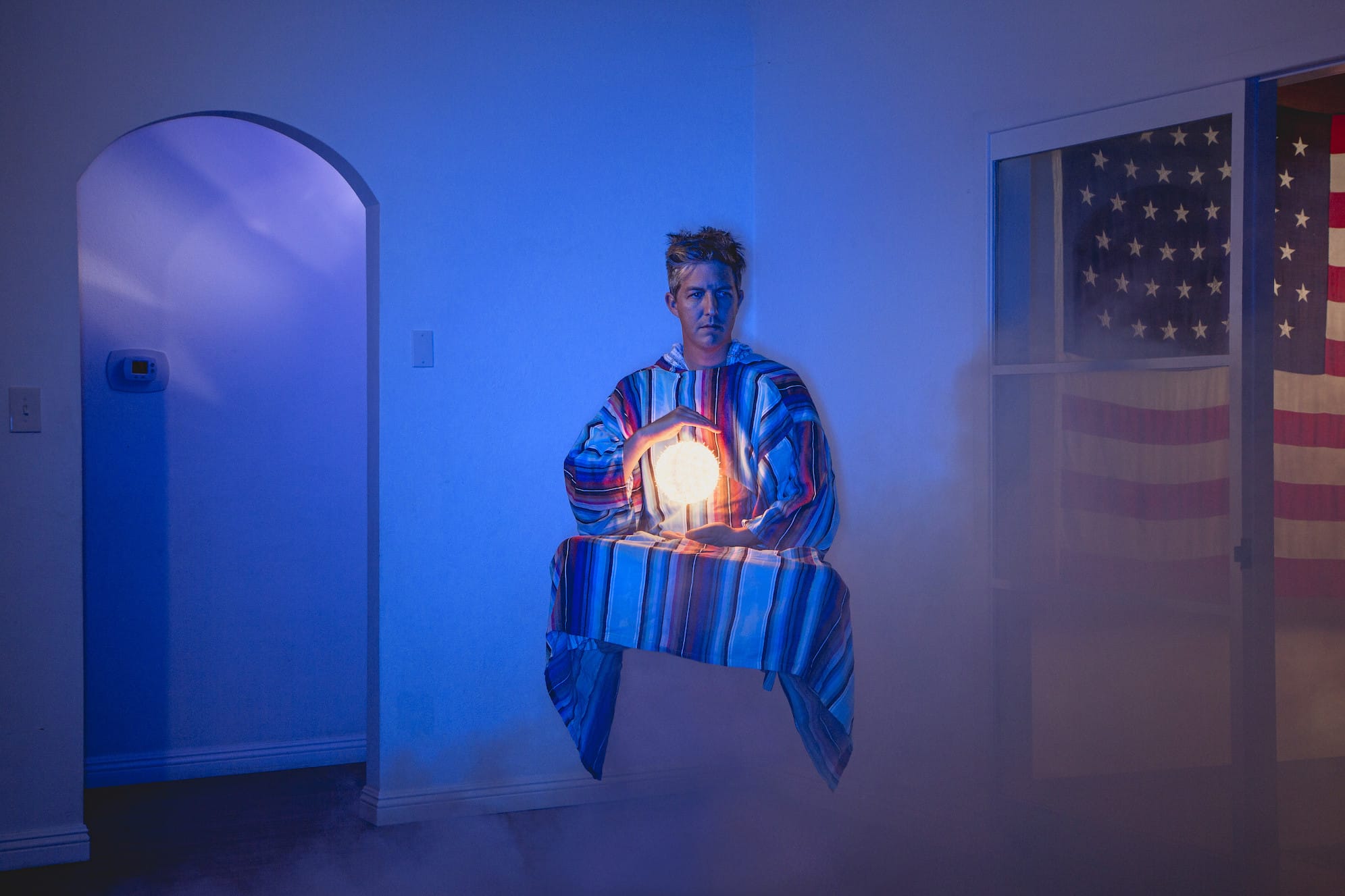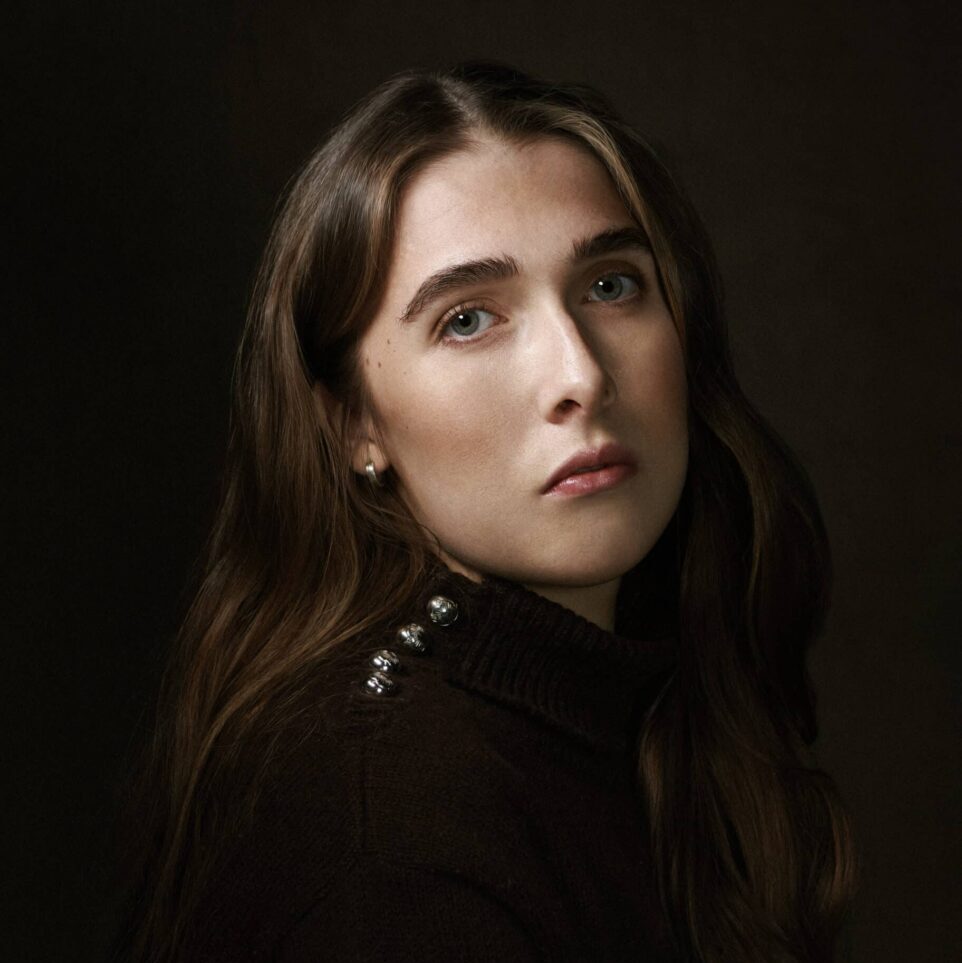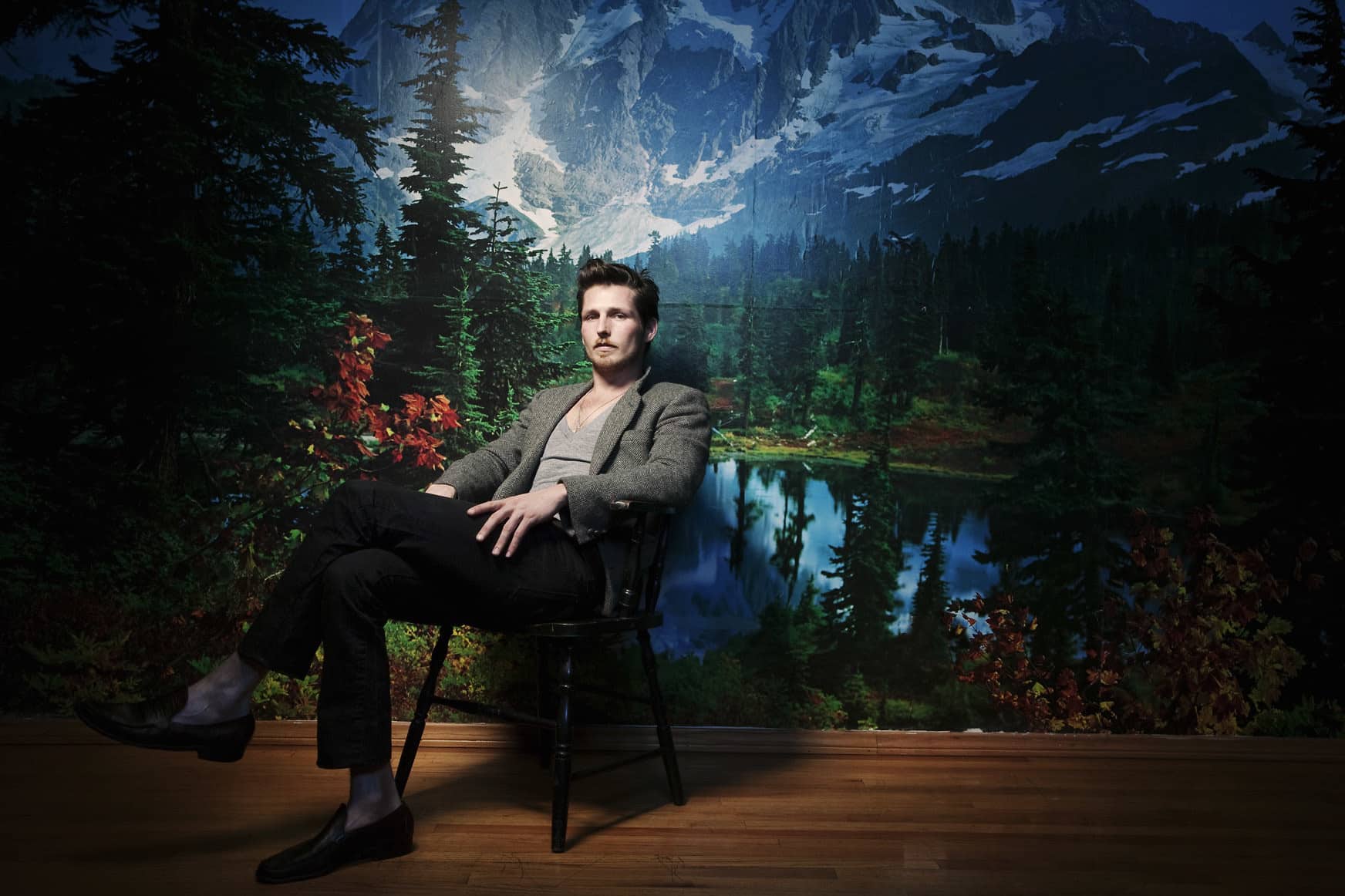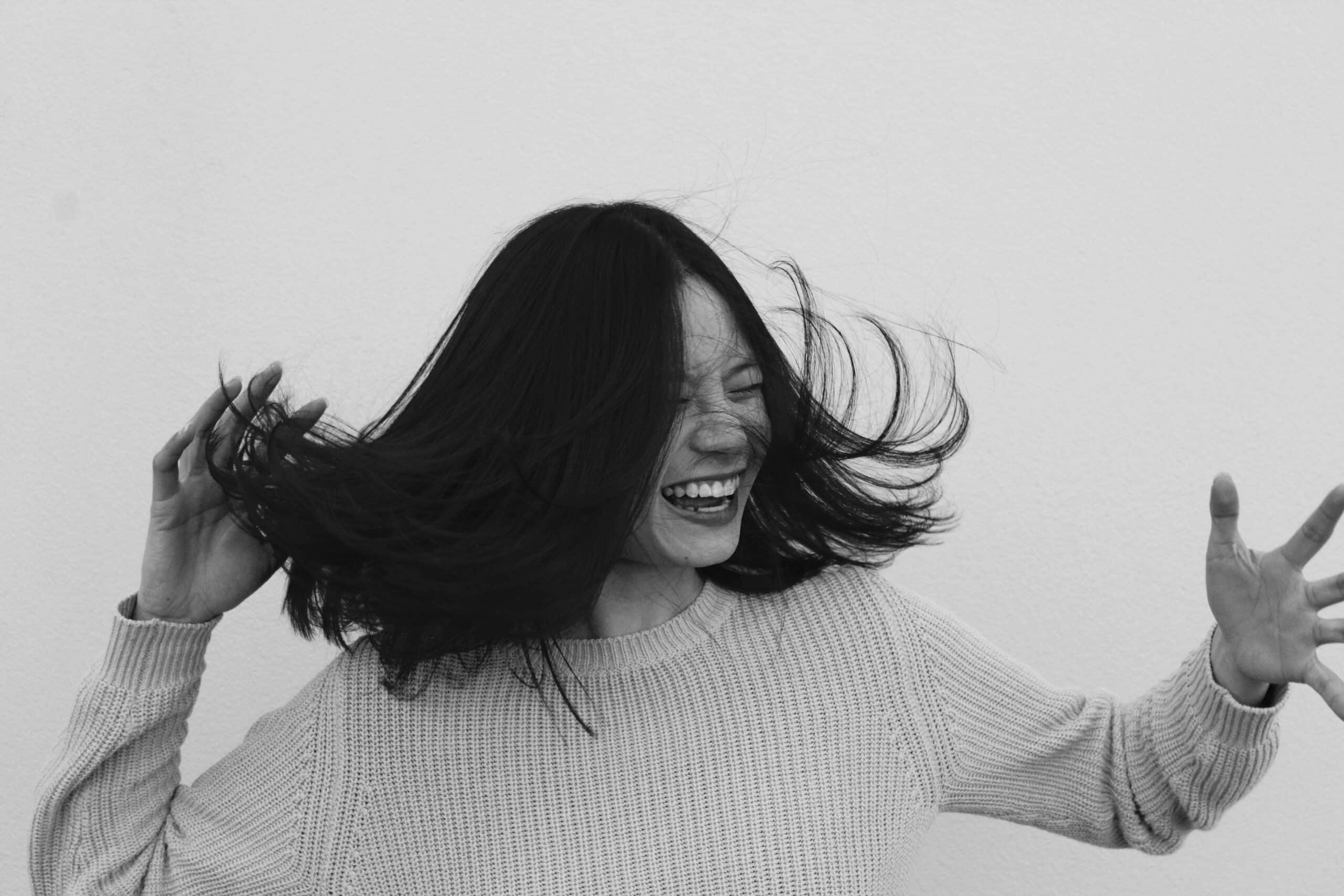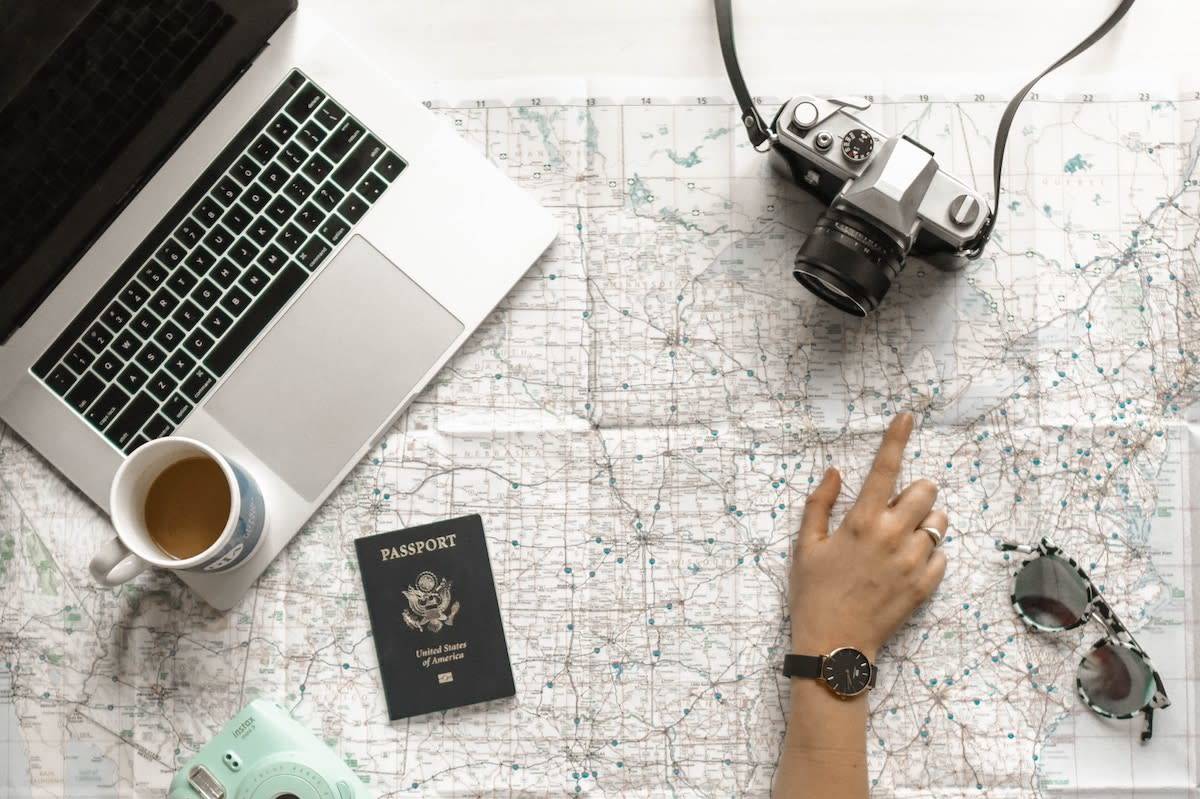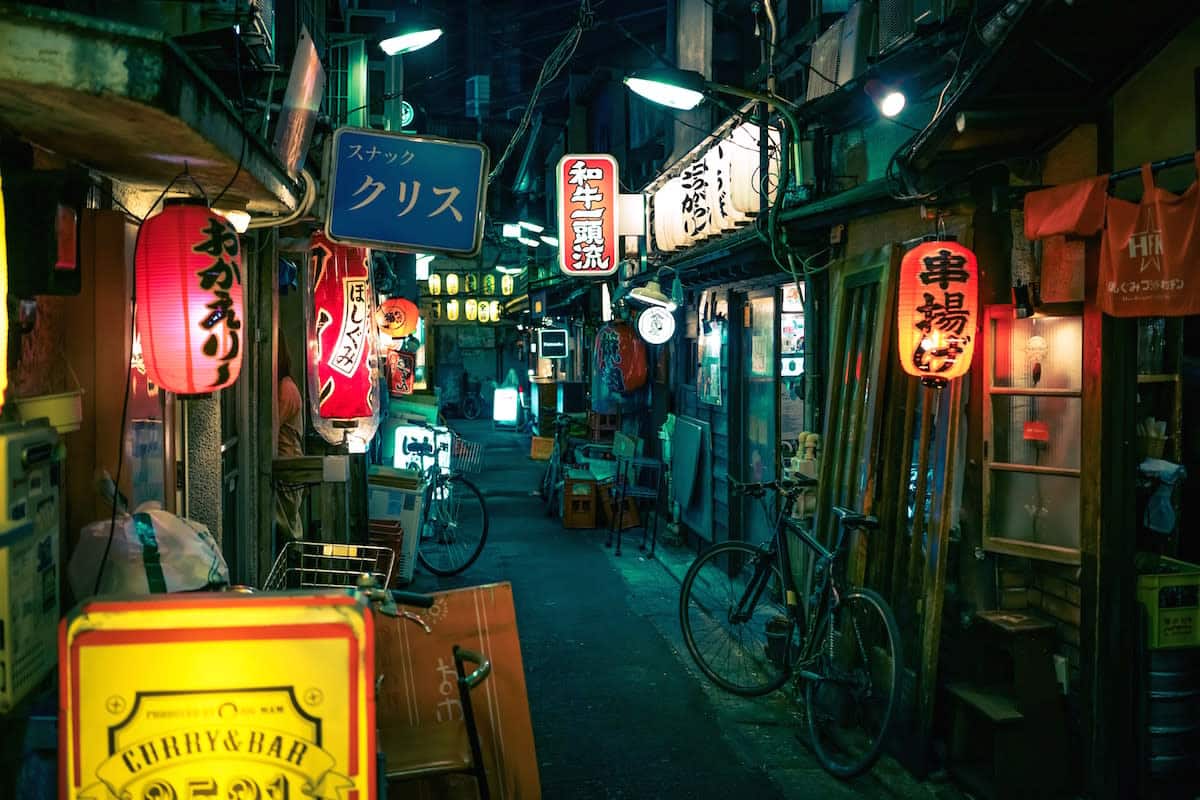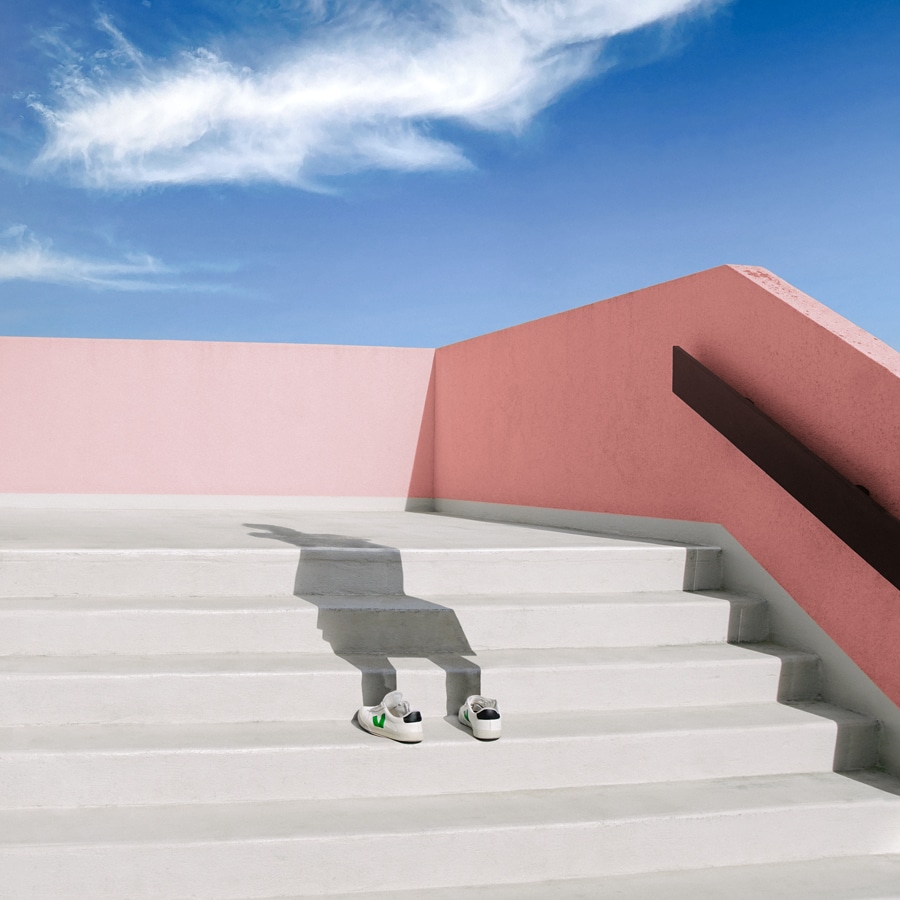Whitney Chamberlin is the founder of Yeah! Field Trip, a yearly immersive three-day photography event with the 2019 edition set to take place in Marfa, Texas. Format spoke with him about this year’s event, which defies the conventions of professional training and networking.
Aptly named “the unconventional conference” by The Artist Report, Yeah Field Trip takes photographers out of their everyday setting and plunges them into a communal artistic experience. This year, the setting is the mystical El Cosmico, part-hotel and part-playground in the Texan desert.
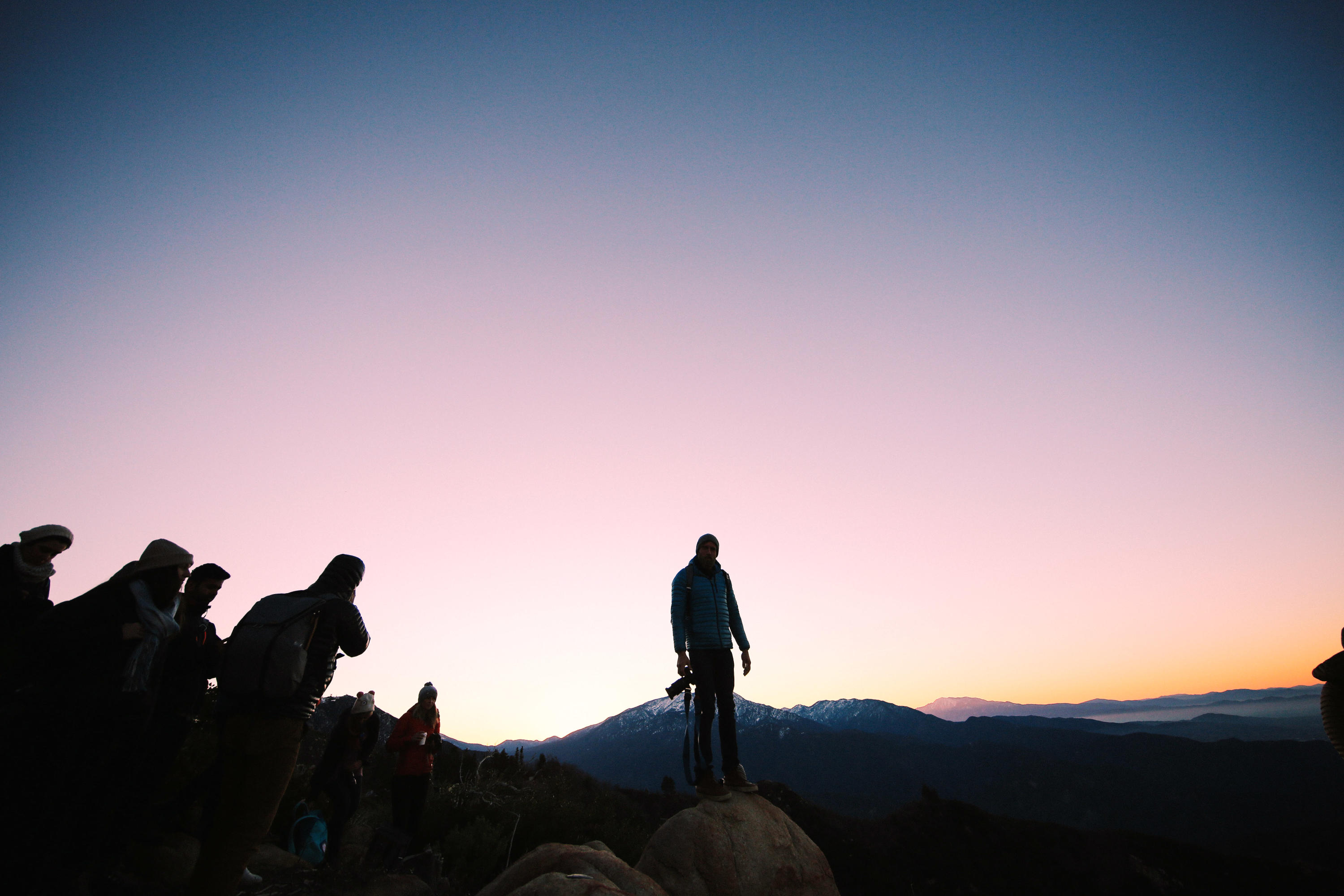
Photo by Bernie Dickson
The idea for Yeah Field Trip came out of Chamberlin’s experience was a young photographer. After attending dozens of professional events, he found them out of touch with the workings of the creative mind.
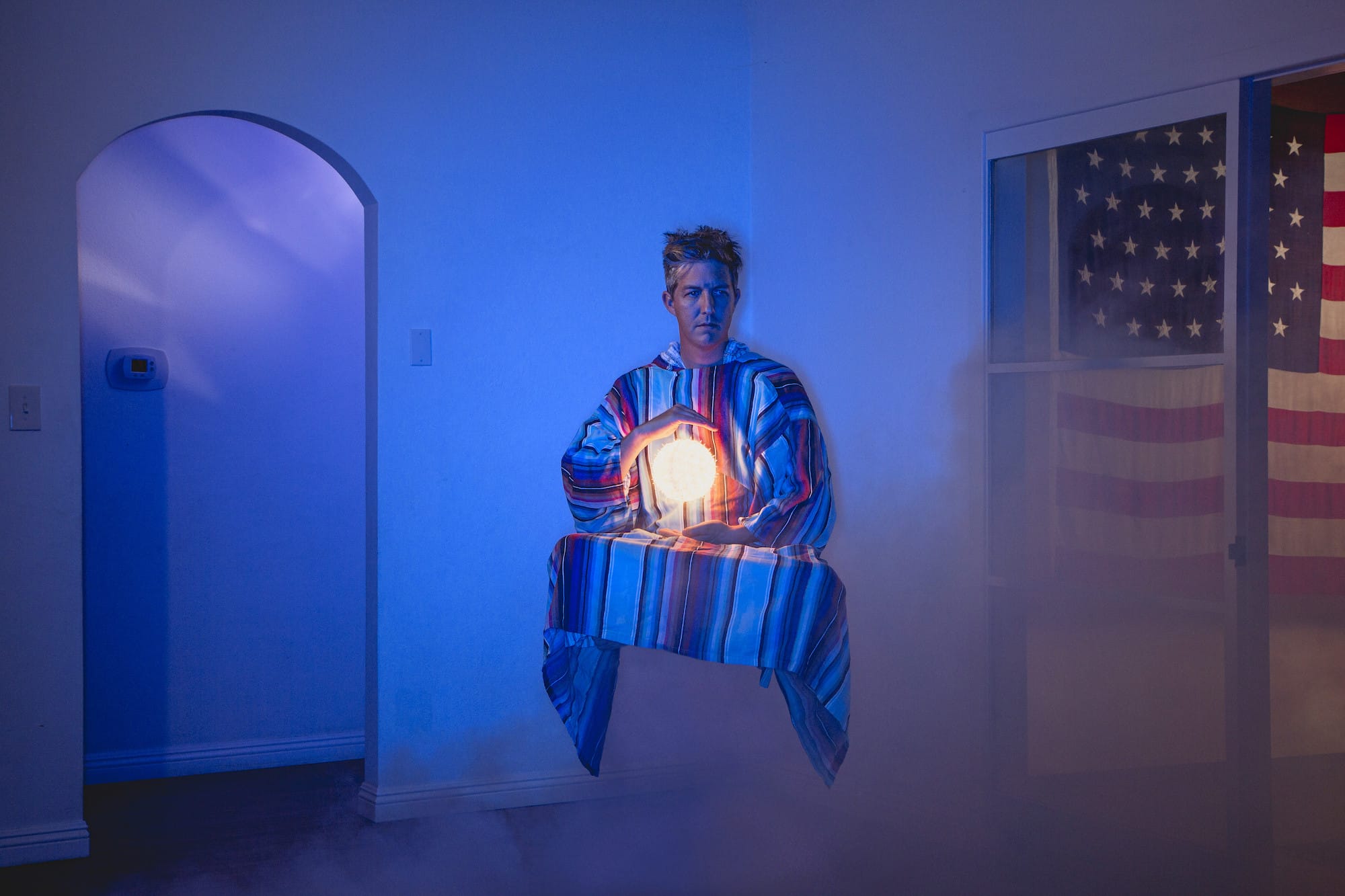
Whitney Chamberlin by David Walter Banks
“I learn through play, and I found a lot of conferences are missing this element. That’s why YFT is different by design—it’s an immersive educational experience where artists learn through play.”
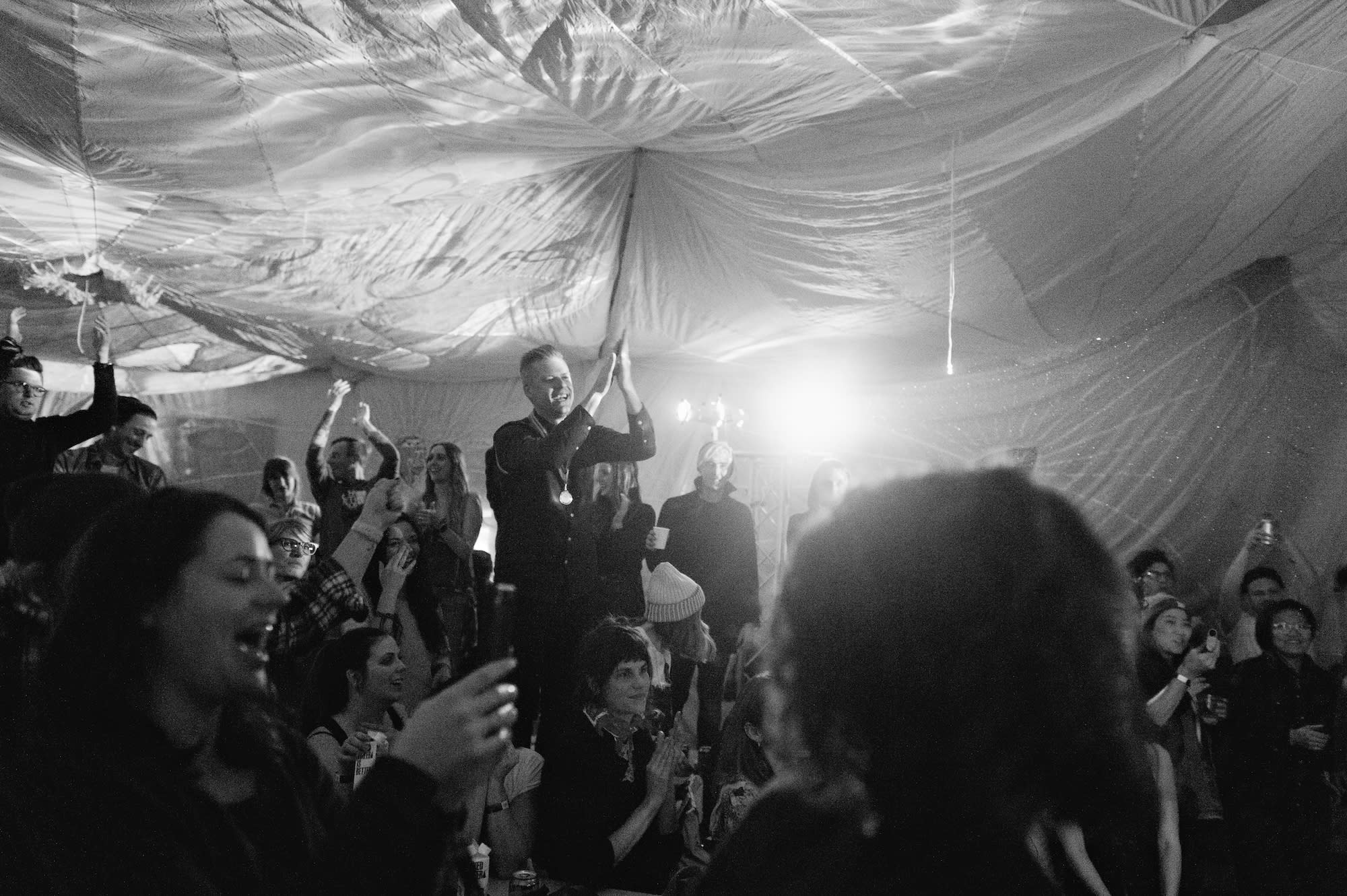
Photo by Aga Maru
Chamberlin finds a lot of artists are most in touch with their creativity in times of isolation, like in the early hours of the day or in the middle of the night. Akin to a festival, Yeah Field Trip lets artists reclaim the creative parts of themselves by reserving space for play that they don’t have time for in the daily grind.
Chamberlin’s own creative beginnings started as a rave and festival producer in his mid-teens. Today, he oversees a large handful of companies like Smilebooth, a photobooth-based activation venture, and collaborates with an even longer list of creators and artists.
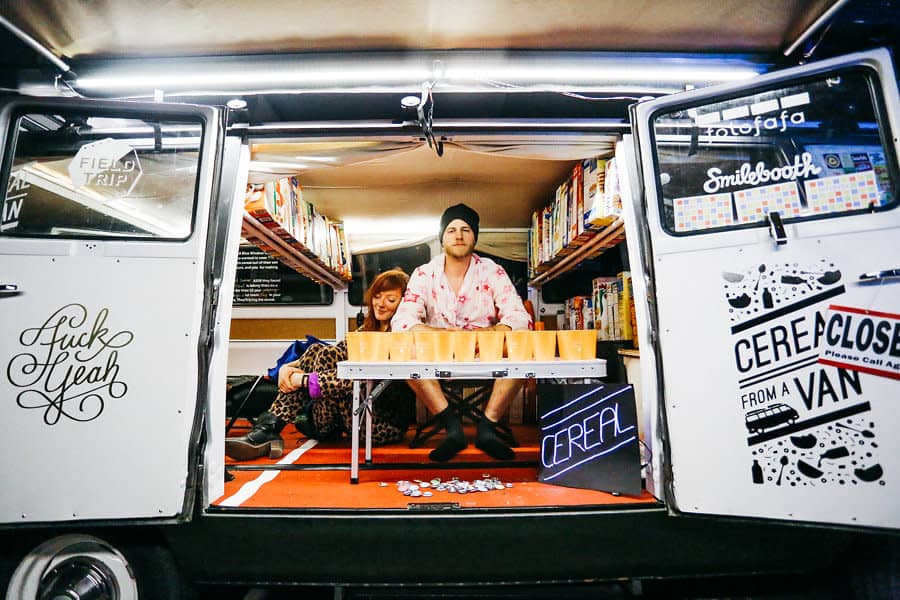
“We all desire to do something that will rekindle our lust for peak creativity. At Field Trip we do that through creative cross-pollination—a blend of community, ideas, conversation and the freedom to simply do,” says Chamberlin.
Cross-pollination is to be expected when you put 300 artists together. Last year, Patti Gonia, a drag queen and 2018 attendee, was inspired to use her persona to promote gender inclusivity in the outdoors. Today, she has 100k followers on Instagram. There’s also We’re All Going to Die, an existential festival led by multimedia director and Yeah! Field Trip attendee Stefan Hunt. Artists have come from all over: Tasmania, Denmark, and even an island near China.
Photo by Krista Welch
This year, the theme is Human Connection. The goal is to elevate visible and invisible minority groups and the individuals within them.
Unlike a conference, attendees aren’t tied to a set schedule: they can attend a photo inspiration session with Chicago-based New England Jamaican photographer Paul Octavious or go adventure seeking with Patti Gonia in the wilderness. Structured learning takes the shape of immersive art, roundtable talks, classroom time, wellness experiences, photography, and artistic expression workshops. Periods of learning are followed by hands-on creation.
During this hands-on creation, or play, as Chamberlin likes to call it, photographers can experiment on sets that include colorful, climbable plexiglass structures, half-inflated air balloons, and a staged 1980s living room in the middle of the desert.
Photo by Krista Welch
Or not. You don’t have to do anything at Yeah Field Trip; it’s about finding what lets you tap into your creativity while having the opportunity to step out of your comfort zone.
“Are we a cult?” prompts Chamberlin, covering his bases, “No. The difference between us and cult is we want you to think for yourself. And you’re allowed to leave.”
The homebase of workshops and creative experiences at Yeah Field Trip is the wispy mirage of El Cosmico, a bohemian hotel catering to adventurers, explorers, and wanderers. Its nomadic setting offers vast open spaces, yurts, teepees, Volkswagen Beetles, food trucks, and a child and dog friendly setting.
In a way, Yeah Field Trip is a challenge to the high-cost, prescriptive conferences of Chamberlin’s early days as a professional photographer. He finds that teachers are often put up on a pedestal instead of being on the same level as their students. Or worse, they put people in a creative box or try to convince them that there’s a set formula for success.
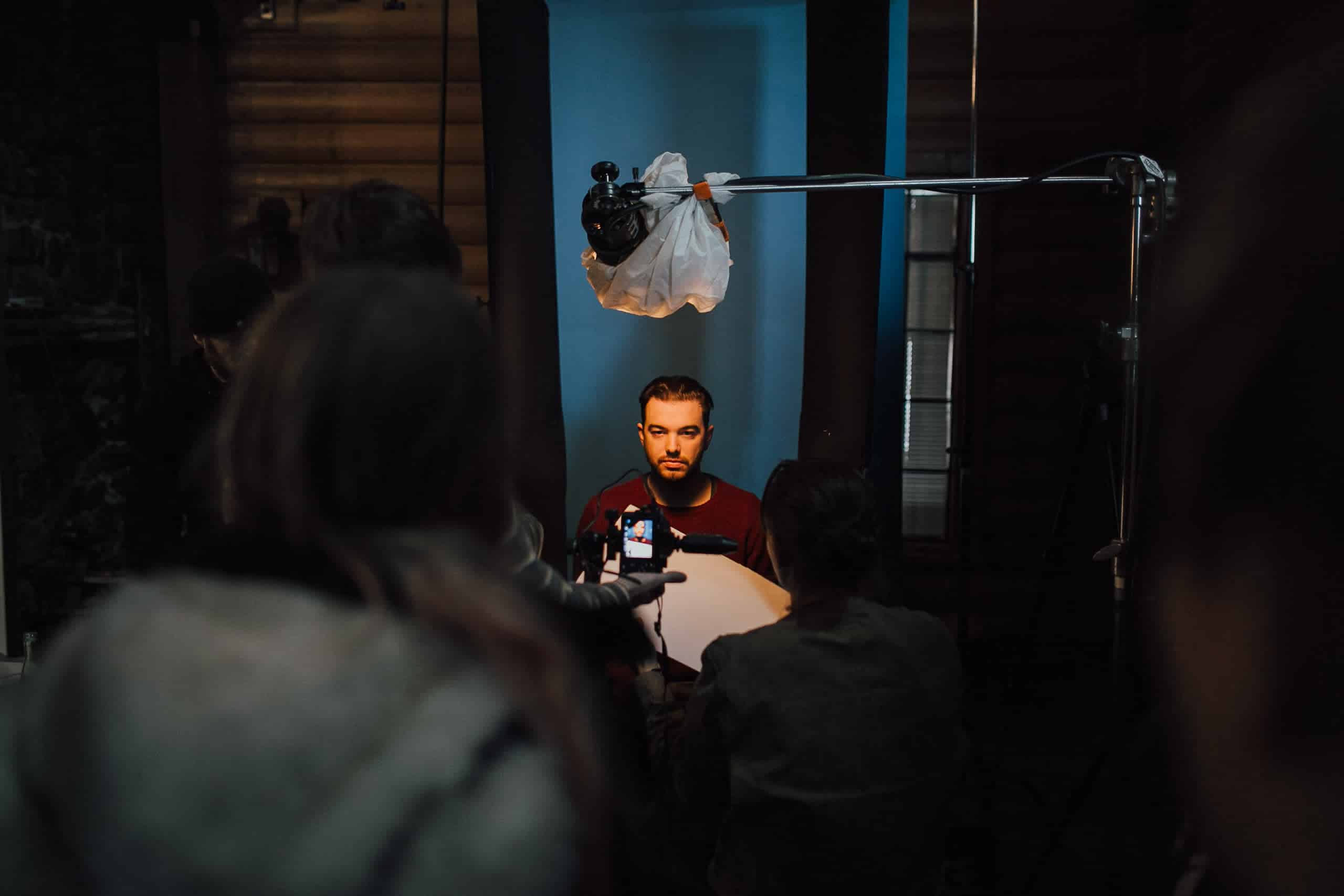
Photo by Jacob Boll
“When someone tells you ‘this is the path’ and you spend thousands of dollars to follow that path, but in the end it turns you into someone you aren’t meant to be, it’s just not fair. At YFT, I want people to obtain what’s inside of them. I want them to tap into who they are. It’s just what an artist needs to learn from the pros without the conventions of a traditional conference.
This year, the setting is Marfa, Texas, nestled deep in the Chihuahuan high desert. Marfa was first put on the map by Donald Judd, who is known as the father of the Minimalist Movement. He made the small town his home in the 1970s after purchasing a decommissioned military site now known as the Chinati Foundation, now a contemporary art museum based on Judd’s ideas (1).
The stark contrast of Judd’s concrete structures against the desert horizon may be a contributing factor behind a certain electricity in the air often cited by transient and permanent Marfa artists. Today, the town is known for being a popular destination for art installations.
“And,” says Chamblerlin, “the lighting here makes Joshua Tree lighting look like a joke. You can photograph in the middle of the day; you can photograph after sundown; in Marfa, you don’t have to wait for perfect lighting, because there is always perfect lighting.”
It’s whimsical dream meets professional training.
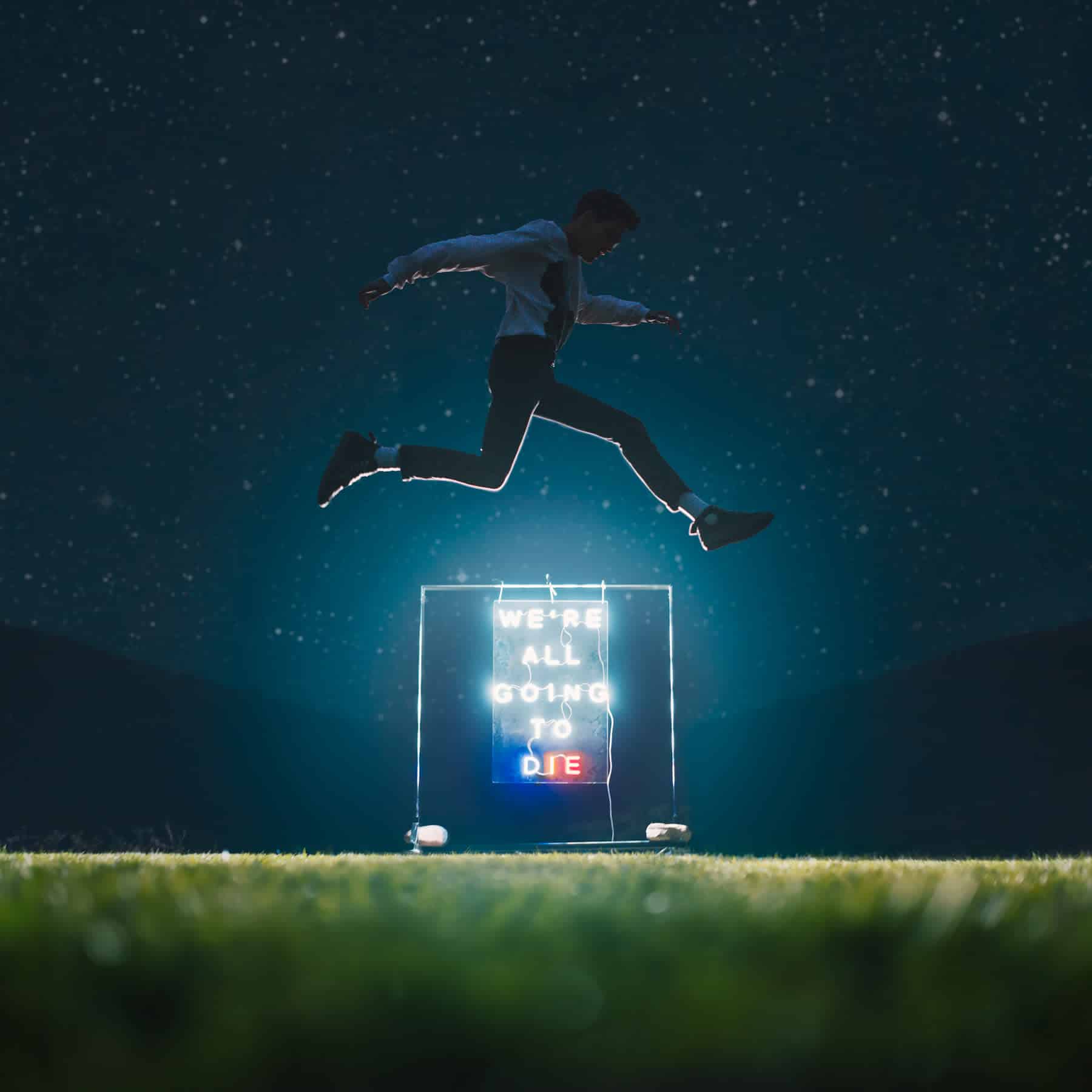
This year’s conference will take place the last weekend in February. Full details can be found aquí.
This will be the inaugural year for Format at Yeah Field Trip. True to its spirit, our YFT ticket promises: self-development classes, music performances, activations, desert photo walks, 1-300 best friends, and maybe a soulmate or two.
We’ll be dreaming in technicolor until the time comes.
